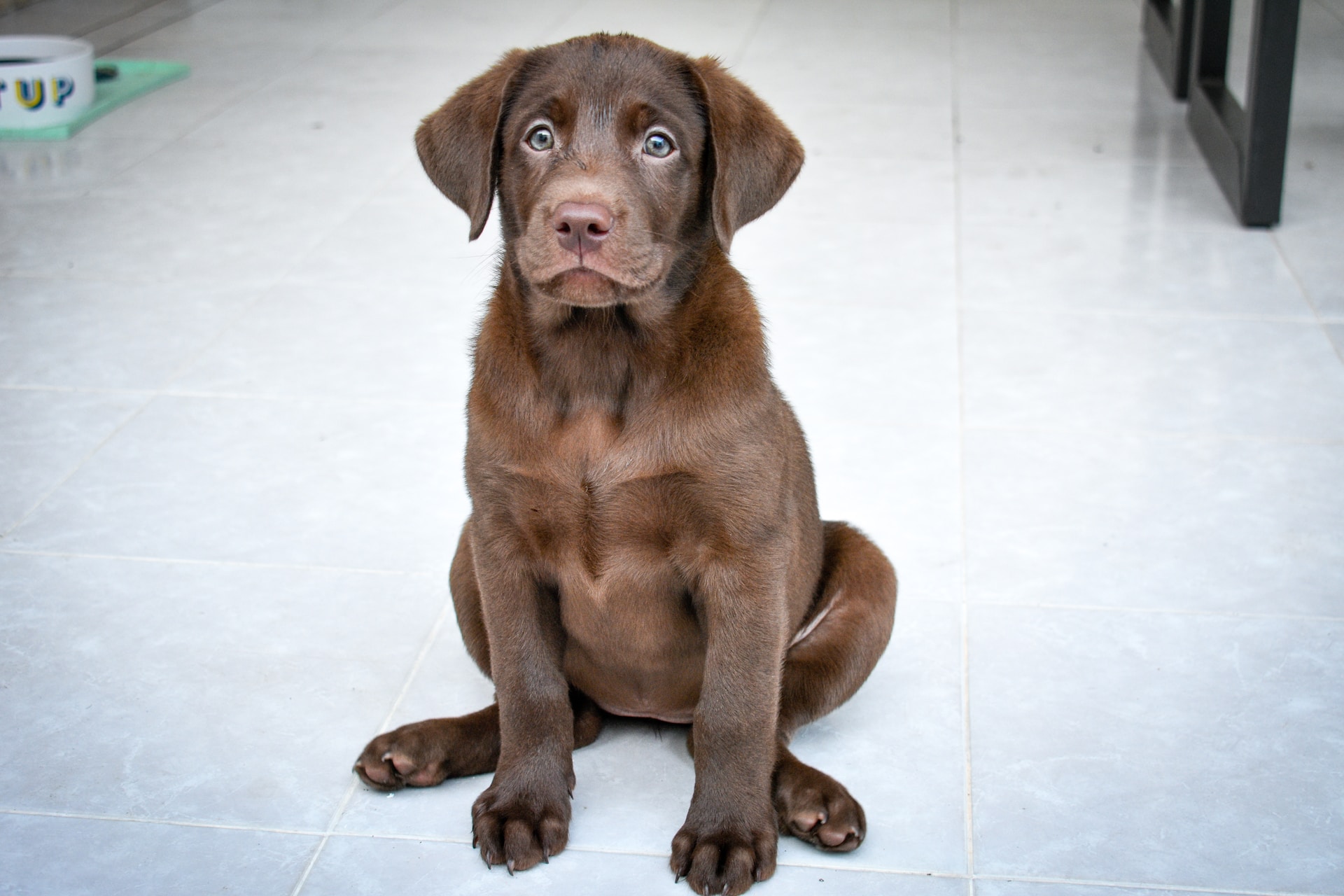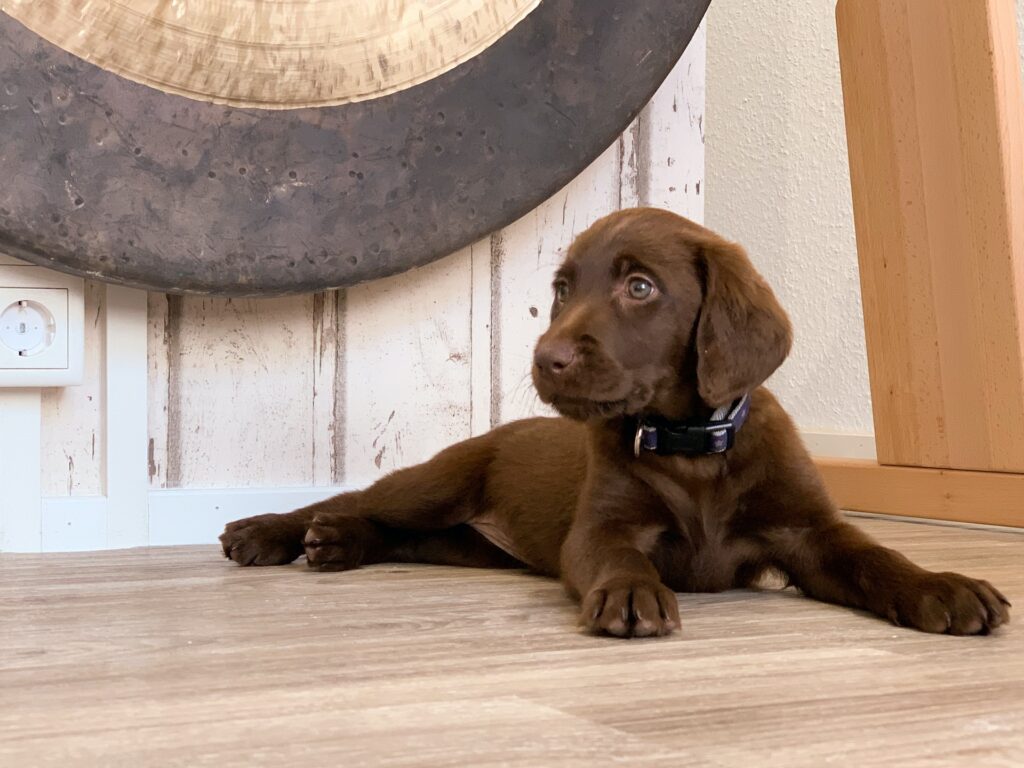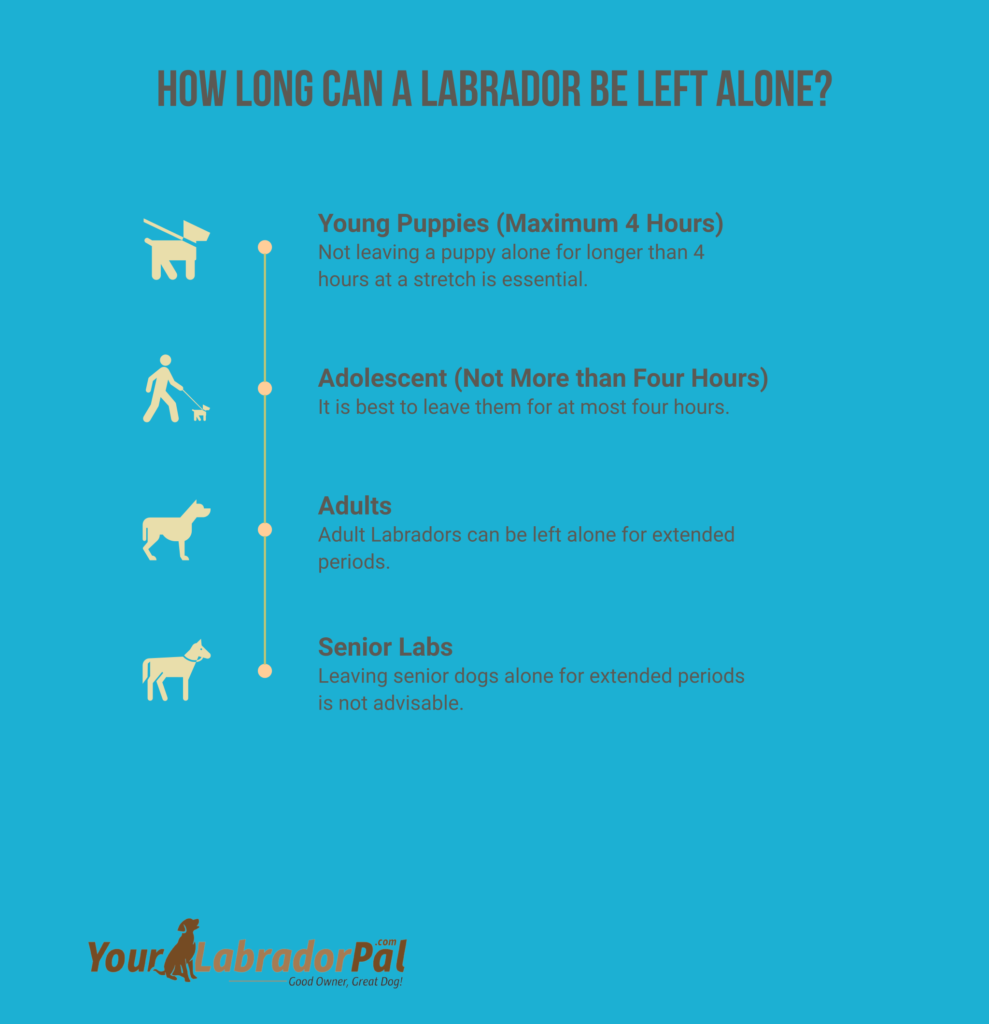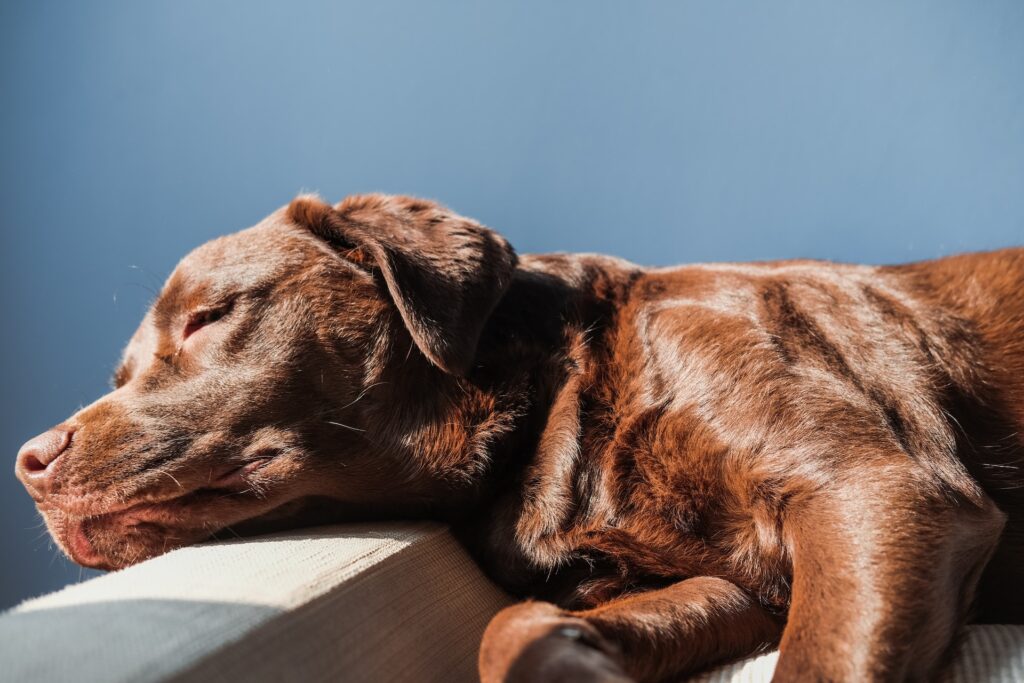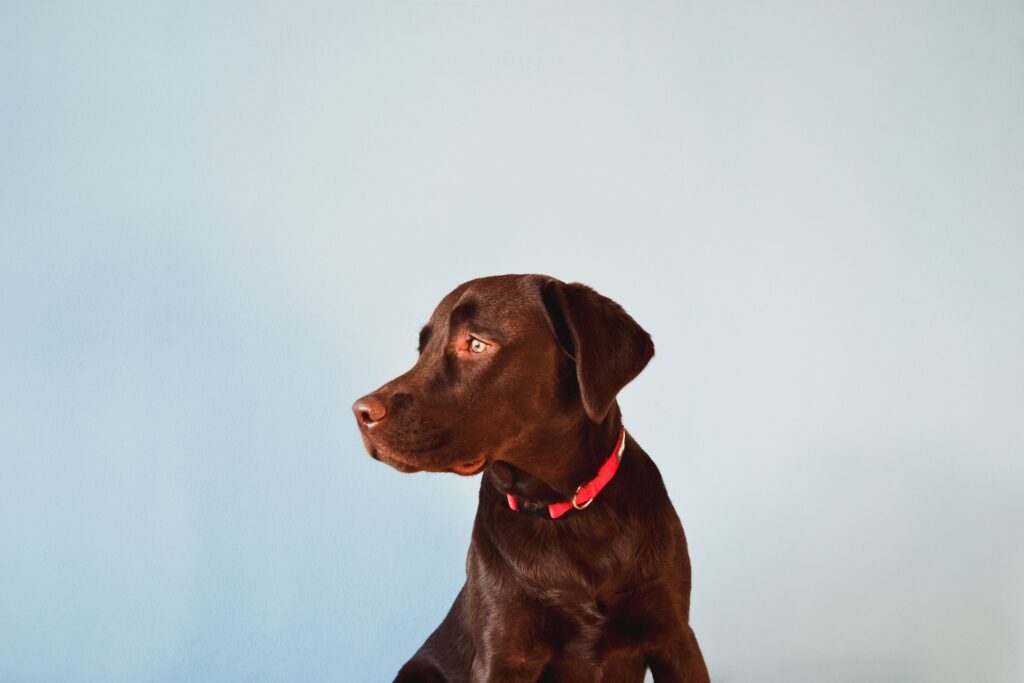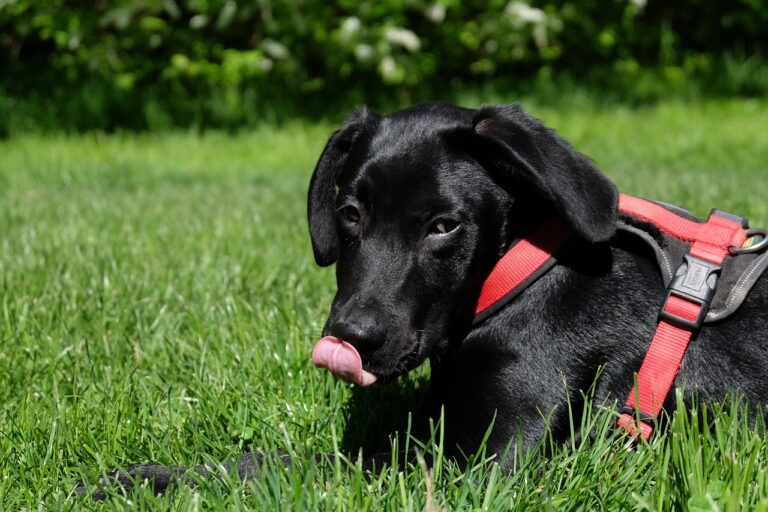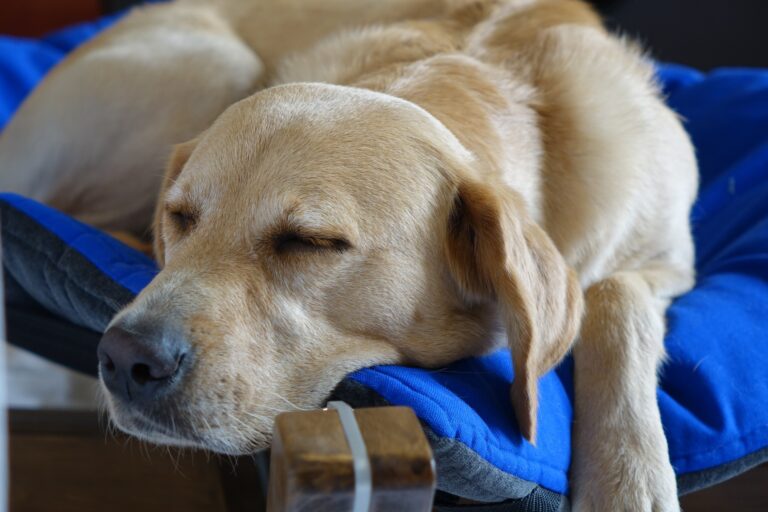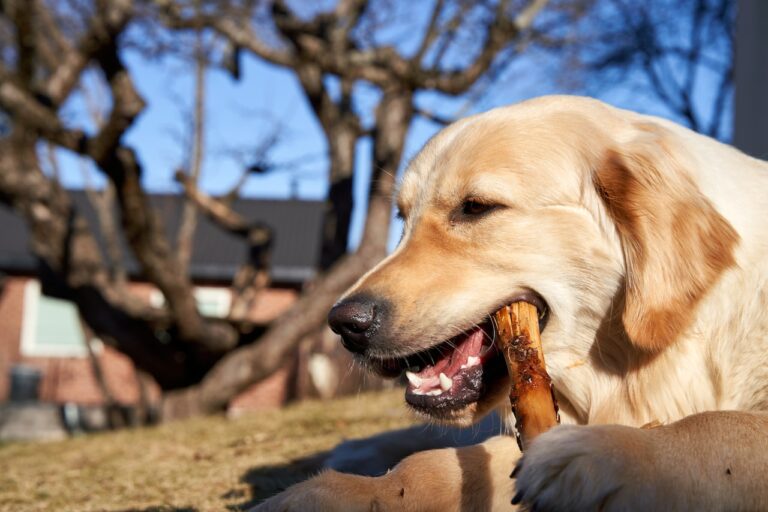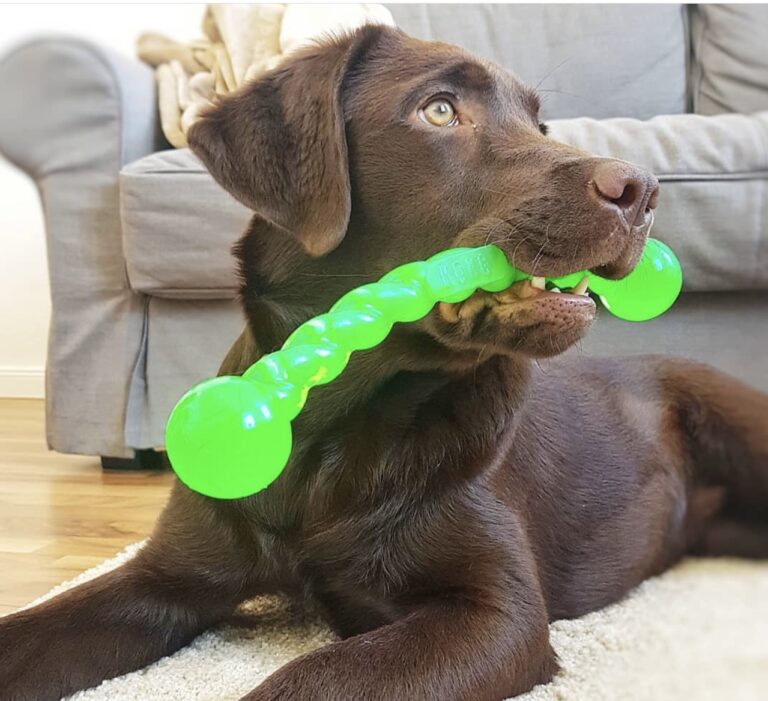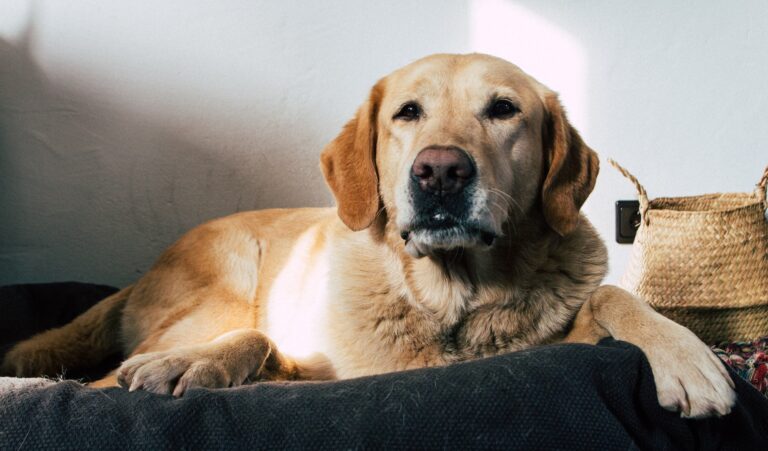How Long Can a Labrador Be Left Alone?
Do you want to know how long can a labrador be left alone? If you’re a Labrador owner, you know how much they love being around people. But, let’s be real, life can get busy, and sometimes you must leave your furry friends home alone.
So, how long can a Labrador be left alone? Although they are known for their independent nature, they are also very social creatures that thrive on human interaction.
In this article, we’ll explore the factors that influence how long a Labrador Retriever can be left alone and offer some tips to make their alone time more bearable. So, get ready to learn more about your furry best friend!
Understanding the Behavior of Labrador Retrievers
Labrador retrievers are among the most popular dog breeds, known for their loyalty and friendliness. These dogs are good companions and excel in various activities like hunting, retrieving, and serving as service dogs. It’s essential to understand the behavior, temperament, and needs of Labrador retrievers which we will discuss below:
👉The Behavior of a Labrador Retriever
Labrador Retrievers are intelligent dogs that are easy to train. They love to please their owners and enjoy spending time with them. These dogs are very social and require enough physical and mental stimulation. Lack of exercise and attention can lead to negative behavior like chewing, barking, and digging. Labrador Retrievers are also prone to obesity, and it’s essential to monitor their food intake and provide enough opportunities for exercise.
👉The Temperament of Labrador Retrievers
Labrador Retrievers are known for their friendly and outgoing temperament. These dogs love human companionship and get along well with other pets. They are also known for their patience and gentle nature, making them great companions for families with children. Labrador Retrievers are also very protective of their dog owners and are always ready to defend them.
👉The Need for Companionship
Labrador Retrievers are social animals and require sufficient companionship. They require regular exercise and mental stimulation to be a happy dog. These dogs are incredibly loyal to their owners and thrive in a home environment where they receive enough attention and love. Labrador Retrievers may not do well in solitary environments and require someone to keep them company.
Generally, it’s best to limit their time away from human companionship and ensure they receive enough exercise and stimulation.
How Long Can a Labrador Be Left Alone?
Naturally, you want to know how long can a Labrador be left alone. The short answer is that it depends on the individual dog. Some Labradors are content to be left alone for about an hour, while other dogs may experience separation anxiety when left home alone for too long. Let’s take a closer look at the age of the dog, as well as their individual needs for a companion and how long a Labrador can be left alone.
🐾Young Puppies (Maximum 4 Hours)
Newborn lab puppies need to be fed every 2-4 hours and kept warm. As the Labrador puppy grows, this time can be expanded. However, not leaving a puppy alone for longer than 4 hours at a stretch is essential. Puppies need frequent feeding, attention, and toilet breaks, and leaving them alone for a prolonged period can adversely affect their health and behavior.
🐾Adolescent (Not More than Four Hours)
As your Labrador grows older and more independent, you can leave them alone for long periods. However, it is still essential to remember that adolescent dogs do not have full bladder control and may need to go outside to relieve themselves.
Therefore, it is best to leave them for at most four hours. Adolescent dogs benefit from plenty of exercises, especially in the morning and evening. It can help to release pent-up energy and help prevent destructive behavior when left alone.
🐾Adults
Adult Labradors can be left alone for extended periods, but ensuring they have access to food, water, and a comfortable place to rest is essential. Labradors are social dogs and still need plenty of human interaction and exercise.
It is best to exercise your dog before you leave and again when you return. This can help decrease anxiety and prevent inappropriate behavior. If you need to leave your dog alone for a whole day, consider hiring a dog sitter or dog walker to walk them during the day.
🐾Senior Labs
Senior labs, like their human counterparts, slow down with age. As Labradors get older, they may develop various health complications, such as arthritis, hearing or sight loss, and cognitive decline.
Senior dogs may also become more dependent on their owners and require additional attention, especially when left alone. An older dog may still need to go outside frequently, so monitoring their water intake and taking them out consistently if necessary is best. Leaving senior dogs alone for extended periods is not advisable, as it can lead to stress and anxiety.
Signs of Separation Anxiety in Labrador
As mentioned, if a Labrador is left alone for too long, it may suffer from separation anxiety. Here are some of the signs to look out for:
1:Excessive Barking and Whining
If your Labrador barks and whines excessively when you’re leaving or not around, this could be a sign of lab’s separation anxiety. They try to get your attention and tell you they are unhappy or uncomfortable. This constant barking and whining can disturb your neighbors and create a nuisance. Training your dog to be quiet and calm can help alleviate this issue.
2: Destructive Behavior
Dogs that are suffering from separation anxiety become destructive. They may scratch doors, chew furniture or even destroy toys. This violent behavior is their way of releasing their anxiety and frustration, and it can be a significant problem if your dog causes substantial damage to your home. Providing your Labrador with mentally stimulating toys and treats can keep them occupied and distract them from their anxiety.
3: Pacing and Restlessness
If you notice your Labrador pacing, drooling, or constantly looking out of the window when you leave, this is a sign that they have separation anxiety. Your dog may also become restless and unable to settle down even after you return home. Providing your Labrador with a comfortable bed and a calm environment can help them feel more comfortable when you’re not around.
4: Loss of Appetite
Some dogs suffering from separation anxiety may lose their appetite, refuse to eat, or eat less than usual. This stress-induced lack of interest in food can lead to weight loss and other health issues. Ensuring your Labrador has access to clean water and high-quality food can help maintain their weight and health.
5: Incontinence
In severe cases of separation anxiety, dogs may even become incontinent and have accidents in the house. This is due to the stress and anxiety causing them to lose control over their bladder and bowel movements. Cleaning up after your dog and being patient with them can help alleviate this issue.
6: Potty Accidents
If your Labrador is well-trained but suddenly begins having accidents inside the house when left alone, it strongly indicates separation anxiety. Keeping your dog on a regular potty training schedule and rewarding them for going outside can help reduce the likelihood of accidents.
7: Escape attempts
Labradors suffering from separation anxiety can try to “escape” from the house or yard, injuring themselves. Dogs can even dig through walls and doors or climb over fences when distressed. Making sure your yard is secure and monitoring your dog can help prevent them from trying to escape.
8: Excessive Panting
Labradors pant more than usual when they’re anxious. If your Labrador’s panting turns into frantic breathing and drooling, it could be a sign of separation anxiety. Reducing environmental stressors and providing calming toys can help them relax and breathe normally.
Pay attention to the signs of separation anxiety in your Labrador and take action if you notice any symptoms.
Best Practices For Leaving Your Labrador Alone
Leaving your Labrador alone can be difficult for you and your furry friend. So, if you want to ensure your Labrador stays happy and healthy even when you’re not around. Below are a few best practices to follow:
✔️Determine How Long Your Labrador Can Be Left Alone
A good rule is to leave your Labrador alone for at most eight hours. Dogs need necessities like food, water, exercise, and bathroom breaks like humans. Leaving them alone longer than eight hours can lead to boredom, anxiety, or depression.
However, this time frame is not set in stone; it largely depends on your dog’s age, health, and temperament. So, assess your Labrador’s tolerance for being alone and adjust the time accordingly.
✔️Take Breaks When Necessary
If you must leave your Labrador alone for long periods, taking short breaks every few hours is essential. It can involve hiring a dog walker or a pet sitter to come in and spend some time with your dog, giving them the much-needed exercise and human interaction.
Moreover, you can also consider taking your dog to a doggie daycare center where they’ll play and socialize with other dogs while you’re away.
✔️Provide Your Labrador with Toys and Activities
Labradors love to play, so ensure you provide enough toys and activities to entertain them. The toys can be anything from chew toys, puzzles, or balls to tug ropes. These toys will provide them with physical exercise and the mental stimulation needed to keep their mind active.
Additionally, consider getting interactive toys that dispense treats as they play, keeping your pup happy and less likely to engage in destructive behavior like chewing on furniture or shoes.
✔️Create a Safe and Comfortable Environment
Before leaving your Labrador alone, create a safe and comfortable environment for them. It can involve creating a designated area for them, preferably with their bed or crate trained, where they’ll feel secure and calm.
Moreover, ensure the room is devoid of hazardous objects, such as electrical wires, cables, or furniture that your Labrador can chew on or destroy.
✔️Train Your Labrador to Be Alone
Training your dog to be alone from a young age is essential to prevent separation anxiety. This can be done through positive reinforcement, where you reward good behavior such as calmness, quietness, and using the designated bathroom area.
Start with short intervals, then gradually increase the time they spend alone. Additionally, leave your Labrador alone during training so they know it’s okay to be alone even when you’re home.
✔️Calming Tools
During the initial introduction, you can use calming tools like pheromone diffusers or thunder jackets to soothe anxious or insecure dogs. These can be used for a while so that your lab gets used to being on its own.
These tools release calming pheromones to help your Labrador feel calmer and more relaxed. Their snug material also provides physical comfort that helps reduce stress levels.
Following the tips above, you can ensure your Labrador is safe even when you’re away.
Common Mistakes When Planning Time Away From Your Labrador
These are some common mistakes that some pet owners make when leaving their Labrador alone. These include:
❕Leaving Labrador Outdoors in Extreme Weather Conditions
One of owners’ most common mistakes when leaving their Labs unattended is leaving them outdoors in extreme weather conditions. It is especially important during hot summers and cold winters. This is because Labradors are not equipped to regulate their body temperature, which can lead to overheating or hypothermia.
Therefore, it’s crucial to ensure your dog has proper shelter if you leave them outside. Remember to leave enough water and food for your dog, especially during hot weather.
❕Leaving Labrador with Inadequate Food or Water
It’s essential to ensure that your furry friend has access to clean water and enough food to last until your return. If you’re leaving for an extended period, consider asking a friend or family member to check on your dog and refill their water and food bowls.
Alternatively, you can hire a professional pet sitter to ensure your dog is well-fed and hydrated.
❕Leaving Medications or Chemicals Within Reach
It’s common for dogs to eat anything they find in their surroundings. Leaving medications or chemicals within your dog’s reach is a mistake. Ensure that harmful substances are stored outside your dog’s reach to avoid accidental poisoning.
Additionally, ensure that medications are correctly stored and administered, and make sure you communicate with your pet sitter or friend about your dog’s medical condition.
❕Failing to Provide Enough Exercise
Failing to provide your dog with enough exercise can harm its health. Labradors are active dogs that need plenty of exercises to stay healthy and happy. When you’re planning time away from your dog, ensure that they have the opportunity to get enough exercise.
Whether hiring a dog walker or taking them to a pet daycare, ensure they’re getting the physical activity they need.
❕Not Having a Plan for Emergencies
No matter how well you plan, emergencies can still occur. It is crucial to have a plan in place for such situations, including a list of emergency contacts, instructions for administering medication, and guidelines for what to do in case of an accident or medical emergency. Ensure that whoever is watching your Labrador knows this plan and how to handle emergencies.
❕Ignoring Your Lab’s Emotional Needs
Leaving your Labrador alone for extended periods can be stressful for them, causing anxiety and, in some cases, separation anxiety. Ensure your dog’s emotional needs are met, even while you are away.
Consider leaving them with comforting items such as familiar toys, blankets, and even a shirt that smells like you. Consider leaving a TV or radio on to give them background noise.
Frequently Asked Questions
Can You Leave A Labrador Overnight?
Depending on the dog’s age, behavior, and overall health, you can leave a Labrador overnight. Puppies should be supervised for a maximum of a few hours since they require more attention, exercise, and regular meals.
Adult dogs, on the other hand, can be left alone for longer periods. However, ensuring they have everything they need, such as water, food, and a comfortable place to sleep, is essential. Also, you should have someone check on them periodically to ensure they are doing well.
What Is The 5-Minute Rule For Labradors?
The 5-minute rule is an essential training method to teach Labradors self-control and patience. It involves asking your dog to wait five minutes before giving him his food, treat, or toy.
If your furry friend tries to grab the object before the five-minute mark, you should take it away and start again. This method helps your dog learn to wait calmly to get what he wants, which can prevent impulsive and destructive behavior.
How Obedient Are Labradors?
Labradors are one of the most obedient dog breeds. They are eager to please their owners, making them easy to train. This breed responds well to positive reinforcement training methods, such as good rewarding behavior with treats, praise, or playtime.
You will have a loyal and obedient companion if you provide your furry friend with love, attention, and consistency.
How Intelligent Is A Labrador?
Labradors have considered one of the smartest dogs breeds worldwide. They have a high level of intelligence, making them easy to train and quick learners. This breed is known for its problem-solving abilities and independence, meaning it can handle itself well when left alone for short periods. Although they are highly trainable, Labradors can become bored quickly if they are not challenged mentally and physically.
What Is Bad Labrador Behavior?
Labradors are generally well-behaved but can only display good behavior if they are trained correctly or receive enough attention and exercise. Bad behavior can involve:
- Excessive barking.
- Chewing on furniture or shoes.
- Digging holes.
- Jumping on people.
- Aggressive behavior toward other animals or people.
As a responsible dog owner, training your dog early and providing enough exercise, attention, and socialization to prevent such bad behavior is essential.
Final Words
Leaving your Labrador alone for extended periods can be challenging for you and your furry friend. While no set amount of time is best suited for all Labs, it’s essential to consider their individual needs and temperament before deciding to leave them alone.
Be sure to consult with your veterinarian if you have any questions or concerns about the best way to care for your Labrador while you are away. You can keep your beloved canine companion happy and healthy with patience and consistency.

